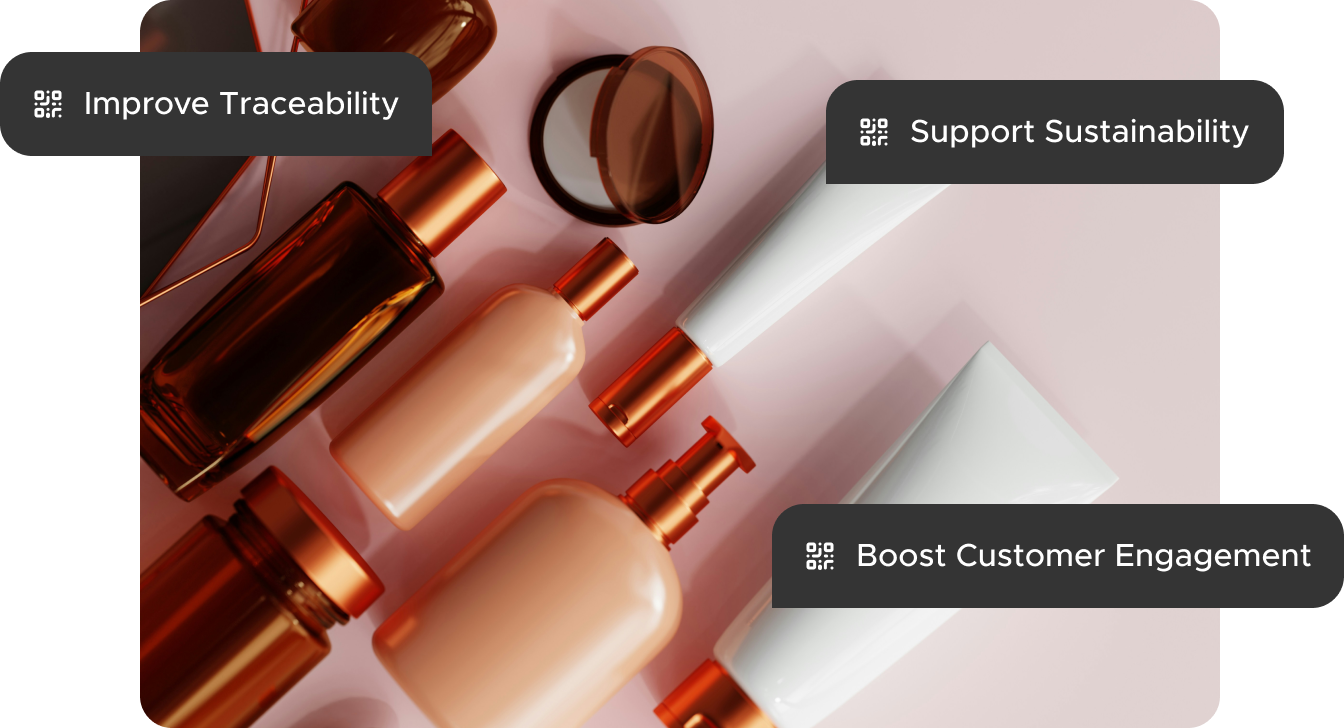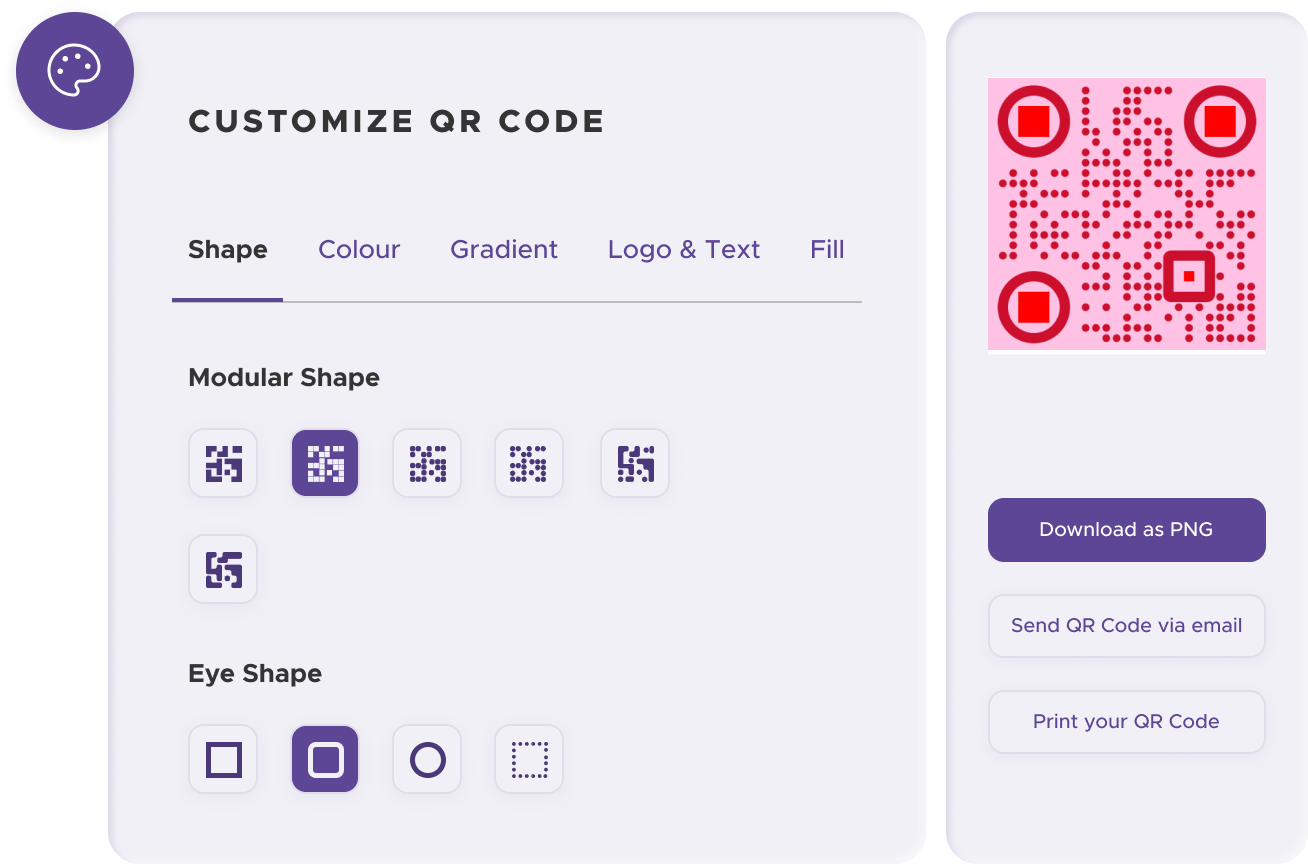Modern product packaging is more than just a container; it's the first handshake between your brand and a consumer. By using QR codes, you can transform your packaging into an interactive digital experience. For consumer packaged goods, these quick response codes are a gateway for customers to get additional product information, verify authenticity, and engage with your company in a meaningful way.

Integrating QR codes into your packaging design offers a competitive edge and enhances the customer journey.

A physical label has limited space. A QR code can link to detailed ingredient lists, sourcing information, user manuals, or setup guides, allowing the consumer to do their research right in the store.

Build consumer trust by linking a QR code to supply chain information. Show the journey of your products from origin to shelf, highlighting your commitment to quality and ethical sourcing.

A scan can be the start of a conversation. Link your QR codes to how-to videos, user-generated content galleries, or your social media accounts to build a community around your brand.

QR code campaigns are highly effective. A code on your packaging can link to a contest, a special offer, or a loyalty program, encouraging repeat purchases.
Ready to discover how QR codes can transform your business?
Start by creating your custom QR Code today.

For consumer goods like food or toys, a QR code can link to an interactive experience. This could be a game, a recipe collection, or a contest entry form. This is an excellent way to engage with customers post-purchase.

For products that require some instruction, like cosmetics, electronics, or DIY kits, a QR code is invaluable. It can link directly to a video tutorial, a PDF guide, or a FAQ page, which is much more effective than tiny printed instructions.

Use a QR code to tell the story behind your product. For an example, a coffee brand could link to videos of the farm where the beans were grown, or a skincare company could share the science behind their formula.
It's easy to add QR codes to your packaging design.
Choose the QR code type that best suits your content. A "Website URL" is perfect for linking to a QR code landing page, while a "PDF" code can be used for detailed manuals.
Ready to discover how QR codes can transform your business?
Start by creating your custom QR Code today.
Paste the link to your product page, video, or other online content into the generator.

Your QR code design should match your packaging design. Go beyond black and white—customize the code by adding your brand logo and using your brand's color palette for a seamless look.

Download your code in a high-resolution vector format (like SVG) to ensure it stays sharp when you print it on your labels or boxes. Always use a dynamic QR code so the linked content can be updated at any time.

Don't just place a code; tell customers why they should scan it. Use simple text like "Scan for Recipes" or "See Our Story" to encourage consumers to scan QR codes.
Make sure the QR code is large enough to be easily scanned and is placed on a flat, non-reflective part of the packaging. Test it with your own phone before going to production.
The code landing page must be mobile-friendly. The experience after the scan is just as important as the scan itself.
Think about what the consumer wants to know at that moment. The content you link to should be valuable and relevant to the physical product in their hands.
Start creating free QR codes today, or subscribe to unlock full design capabilities and advanced analytics
Yes, you can create QR codes for essential Product Packaging businesses needs like promotional offers, or customer feedback forms using our free QR code generator. However, customization options, such as branded QR codes or detailed scan analytics, require a subscription.
A subscription unlocks advanced features tailored to Product Packaging businesses, including dynamic QR codes that allow real-time updates, detailed scan analytics to track customer engagement, and customization tools to align QR codes with your branding. These features help improve efficiency, enhance customer experiences, and strengthen your business's overall impact. See the full list of features associated with each subscription here.
You can reach out to us at support@qrstuff.com for assistance. Free users receive email support with responses typically provided within 12–24 hours. Subscribers enjoy priority support via email, phone, or live chat for faster resolutions. To help us assist you efficiently, please include your account details, QR code ID, and a brief description of the issue when contacting support.